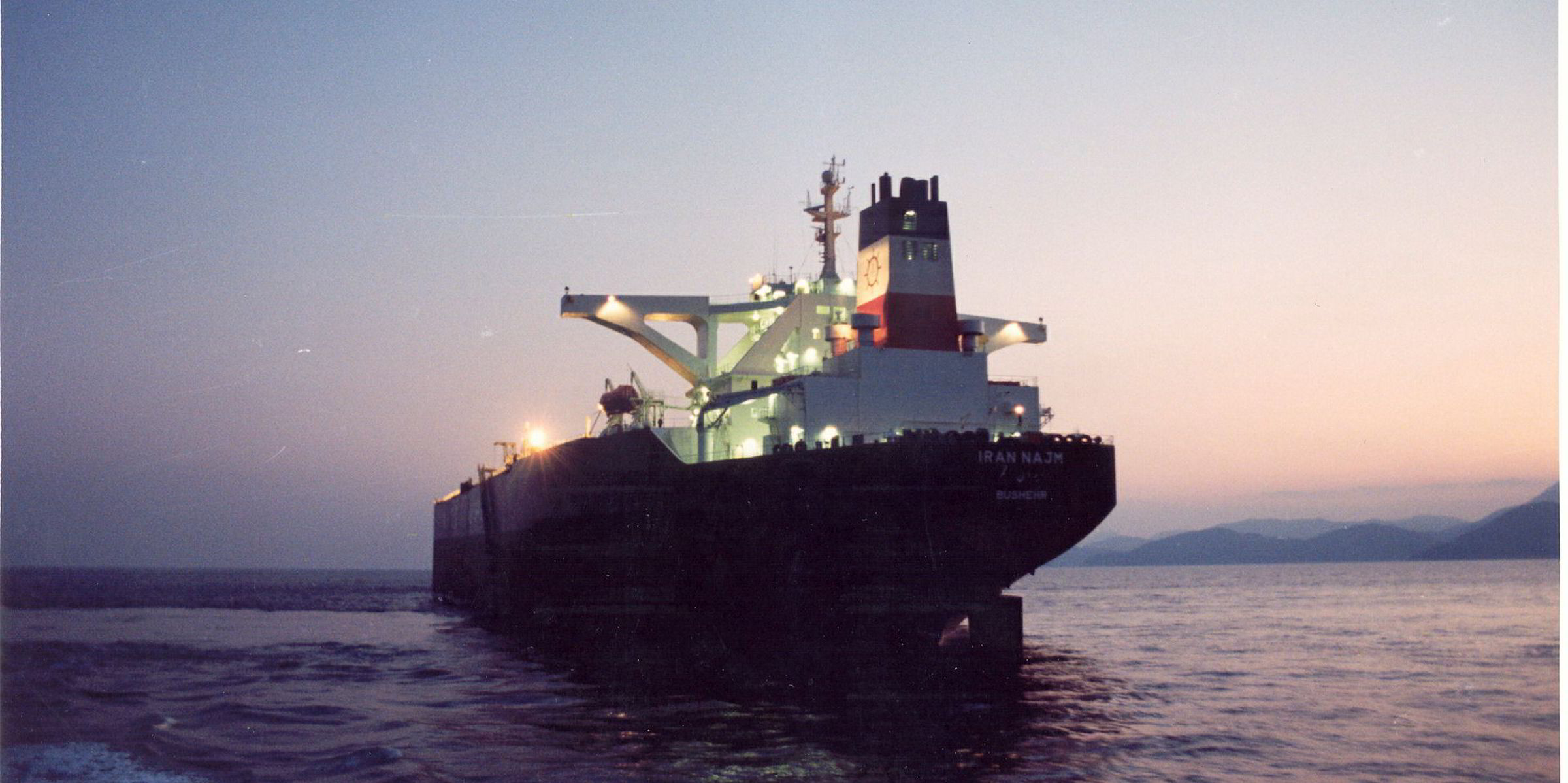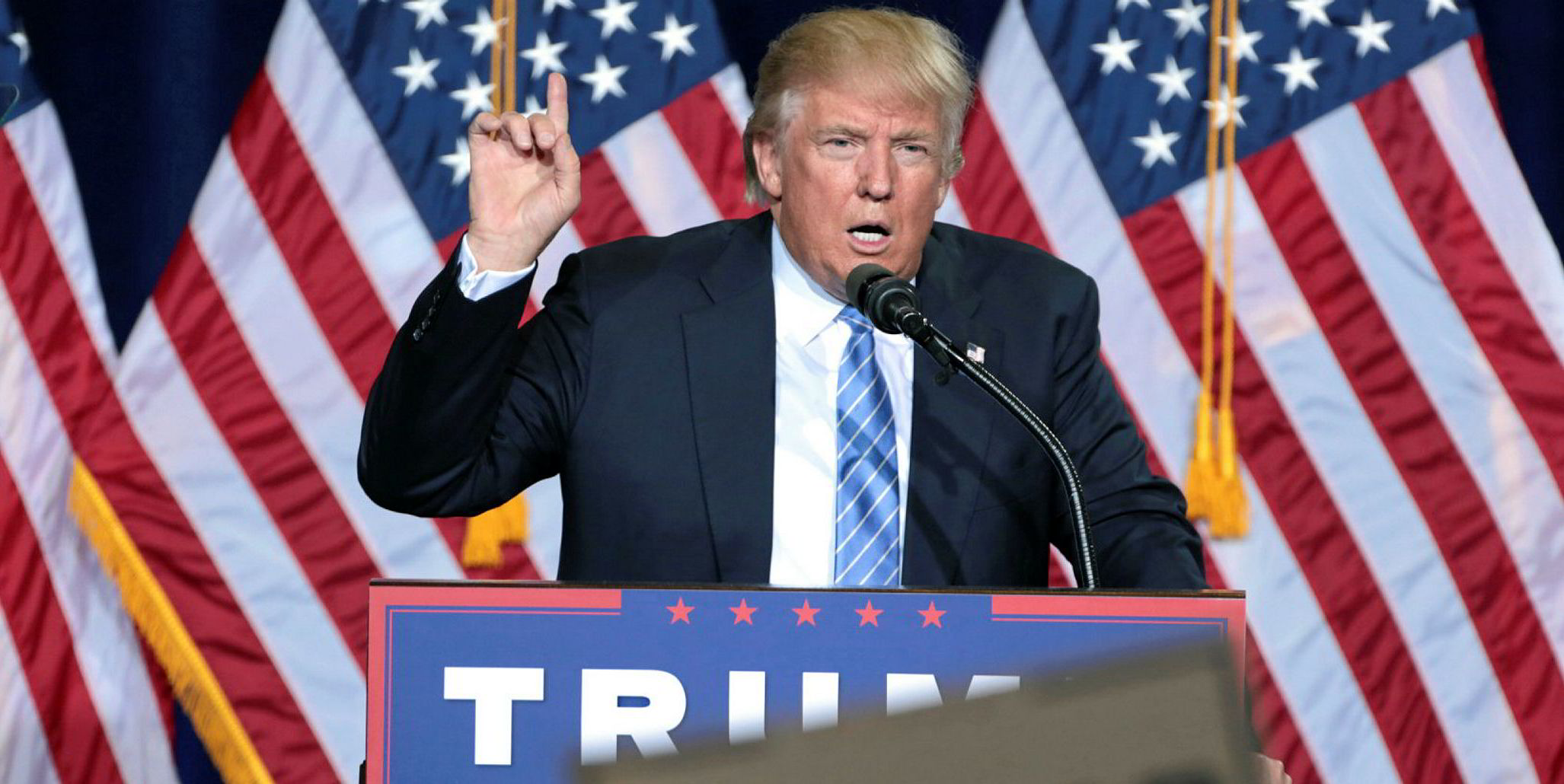The flow of Iranian crude oil into Asia has slowed to a trickle following the expiry of US waivers given to Iran's largest crude and condensate buyers, but tanker players have said there has been little impact on the market.
India, Japan, South Korea, Taiwan and China were among the eight countries that were granted six-month waivers that allowed them to continue buying Iranian crude after the country’s oil industry was re-sanctioned by the US government late last year.
All except China have stopped buying from Iran and are now sourcing supplies from elsewhere in the Middle East.
Alternative sources
India, which was Iran’s second-biggest oil customer after China by importing an average 2.5 million tonnes of Iranian oil per month, has put into place a “robust plan” involving other oil-producing nations, according to senior government officials.
Japan, which Iran supplied with 6.3 million tonnes of oil in 2018, according to the country's Ministry of Economy, Trade and Industry, has ramped up imports from the United Arab Emirates and Saudi Arabia, Banchero Costa said in a report this week.
South Korea, which Reuters said bought 3.9 million tonnes of Iranian oil this year before the waivers expired, has turned to other Middle East producers, and is also sourcing light sweet crude from the US, Russia and Kazakhstan due to anticipated demand for IMO 2020-compliant low-sulphur marine fuels.
The same volume of oil is flowing, it’s just the loading ports that have changed
Oil trader
Smaller scale
China, which oil industry observers estimate imported more than three million tonnes of Iranian oil per month in the run up to the expiration of the waivers, appears to be the only country in Asia that continues to do import crude, albeit on a much smaller scale.
Major state-linked Chinese oil companies such as China National Petroleum Corp and Sinopec have reportedly stopped buying Iranian oil on orders from Beijing, although smaller, independent importers continue to do so.
They imported an estimated 150,000 to 200,000 barrels per day in May according to data from S&P Global Platts.
This prompted the US Department of State to threaten China last week with sanctions if it continued to import Iranian crude in violation of US sanctions.
Substitute cargoes
Tanker industry and oil trader sources do not expect the absence of Iranian oil to cause any major impact on the Middle East-to-Asia tanker trades.
“The same volume of oil is flowing, it’s just the loading ports that have changed,” an oil trader who was not authorised by his employers to speak on the record said.
Others noted it has come as something of a bonus to the tanker sector as a large amount of Iranian crude was shipped in Iranian-owned vessels, while substitute cargoes are being carried on tankers sourced from the global market.






